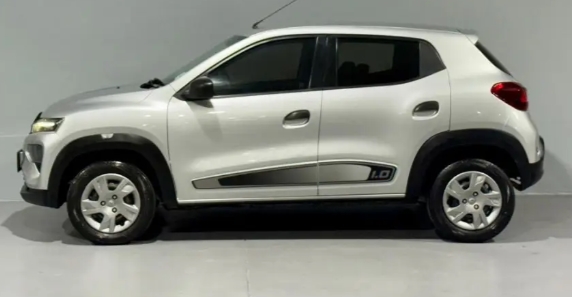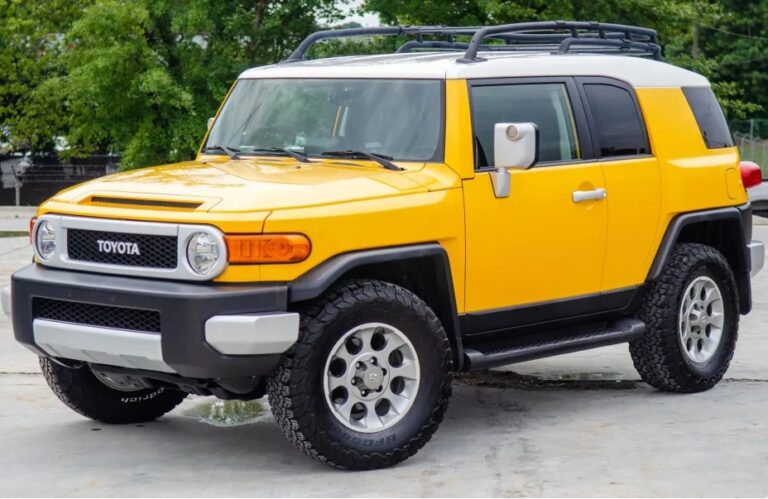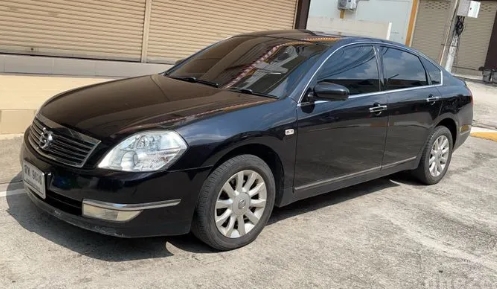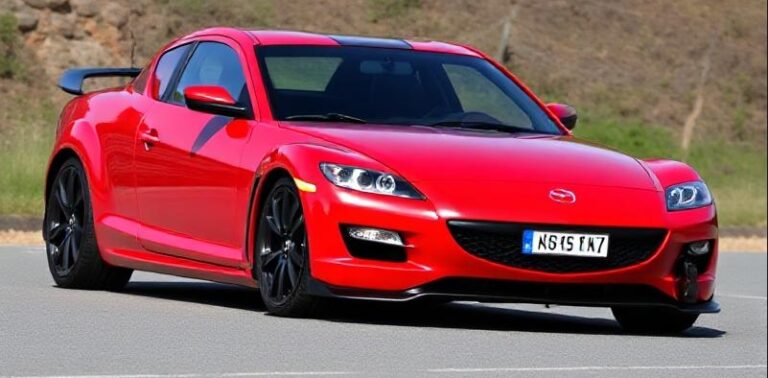The Evolution of the Nissan Quest
The Nissan Quest stands as one of the notable minivans in North America, representing Nissan’s foray into the competitive minivan segment. Over the years, the Quest has undergone significant changes in design, features, and positioning, reflecting shifts in consumer preferences and technological advancements. This article traces the full evolution of the Nissan Quest, including its production years, model designations, and trim levels.
Introduction and Early Development
Before delving into the specifics, it’s important to understand the context. Nissan entered the minivan market relatively late compared to rivals like Honda (Odyssey), Toyota (Sienna), and Chrysler (Town & Country). The Quest was introduced to fill this gap, aiming to combine Japanese reliability with American family-friendly features.
First Generation (1993–2002)
Production Period: 1993–2002
Introduction:
The Nissan Quest’s first generation was launched as a 1993 model, debuting in North America as a 1994 model year vehicle. It was developed in partnership with Ford, sharing its underpinnings with the Mercury Villager, a badge-engineered version of the Nissan Vanette.
Design & Features:
The initial Quest was a front-wheel-drive minivan built on the Nissan V platform, with a focus on comfort and practicality. The first-generation Quest was notable for its distinctive styling, characterized by a rounded body and large windows.
Model Years and Trims:
Initially, the 1994 Quest offered a relatively straightforward lineup, with a focus on base and luxury trims.
- 1994-1996 Nissan Quest DX:
The base model, equipped with a 2.4-liter inline-four engine (I4) producing around 150 horsepower, manual or automatic transmission options, and basic features. - 1994-1996 Nissan Quest SE:
The higher trim level, featuring more amenities such as power windows, power locks, cruise control, upgraded interior materials, and optional leather seating. - 1997-2002 Nissan Quest SE:
The SE trim remained the top-tier offering, but in 1997, Nissan introduced a more refined version with minor styling refreshes and additional features. During this period, Nissan also added a GLE trim in some years, which included luxury features like leather upholstery, upgraded audio systems, and more.
Powertrain Options:
The first-generation Quest primarily used a 2.4L I4 engine, with some models featuring a 3.0L V6 (VG30E), especially in later years. Transmission options included 4-speed automatic transmissions.
Special Editions:
Limited editions and packages, such as the “SE Plus,” surfaced in later years, offering additional comfort and convenience features.
Second Generation (2004–2009)
Production Period: 2004–2009
Introduction:
After a hiatus, Nissan reintroduced the Quest for the 2004 model year, marking a significant redesign. The second-generation Quest aimed to be more competitive with a modern look, improved driving dynamics, and enhanced interior features.
Design & Features:
The 2004 Quest adopted a more aerodynamic and contemporary minivan profile, with a focus on driver comfort and advanced features.
Model Years and Trim Levels:
- 2004-2009 Nissan Quest 3.5:
The sole trim level during this period was the 3.5, which offered a comprehensive set of features as standard, including: - 3.5-liter V6 engine (VQ35DE), producing approximately 240 horsepower
- Front-wheel drive (all-wheel drive was optional in some years)
- Power sliding doors (starting in 2007)
- Leather upholstery (standard in higher trims)
- Premium audio systems
- Dual-zone climate control
- Rear-seat entertainment systems (available in later years)
- Navigation system (introduced in later models)
Notable Variants & Packages:
While the second-generation Quest initially launched as a single trim, Nissan introduced various packages and options, such as:
- SL Package:
Offered upgraded interior materials, a premium sound system, and additional convenience features. - LE Trim:
Introduced in the later years (2007-2009), the LE added features such as a power liftgate, DVD entertainment system, and parking sensors. - Special Editions:
Nissan occasionally offered special editions, like the “Quest SL Premium,” which bundled luxury features.
Powertrain & Mechanical Features:
The 3.5L V6 was standard, paired with a 4-speed automatic transmission. Some models offered all-wheel drive, enhancing versatility in adverse weather conditions.
Third Generation (2011–2017)
Production Period: 2011–2017
Introduction:
After a pause, Nissan reintroduced the Quest for the 2011 model year, marking its third generation. This iteration focused on further refinement, an upscale interior, and advanced safety features.
Design & Features:
The 2011 Quest exhibited a more refined exterior design with a bold front grille, sleek lines, and a spacious, upscale cabin. It aimed to compete more aggressively with luxury-oriented minivans.
Model Years and Trim Levels:
- 2011-2017 Nissan Quest S:
The base trim offering included: - 3.5L V6 engine (VQ35DE), 260 horsepower
- Front-wheel drive (all-wheel drive was discontinued)
- Power windows and locks
- Bluetooth connectivity
- Rearview camera
- Basic audio system
- 2011-2017 Nissan Quest SV:
Added features such as: - Leather-appointed seats
- Power sliding doors
- Power liftgate
- Upgraded audio system
- Dual-zone automatic climate control
- Rear parking sensors
- 2011-2017 Nissan Quest SL:
A higher trim level offering: - Navigation system
- Bose premium audio system
- 18-inch alloy wheels
- Smart key system
- Around View Monitor (available in later years)
- 2017 Nissan Quest Platinum:
The top-tier trim, introduced in the final year, included: - Leather seats with premium stitching
- Advanced Driver Assistance features (blind-spot monitoring, forward collision warning)
- Power-folding third-row seats
- Premium interior trim
- Dual sunroofs
Special Editions & Packages:
Throughout its third generation, Nissan offered packages like the Premium Package (adding leather, navigation, and advanced safety features) and various appearance packages.
Powertrain & Mechanical Features:
The 3.5L V6 engine remained standard, paired with a CVT (Continuously Variable Transmission) starting in later years to improve fuel efficiency and driving smoothness.
.
THIS might be a great place to get your new car from!
Or for those who are into the “car flipping” business, here’s an excellent resource for you!

.
Discontinuation and Market Position
The Nissan Quest was discontinued after the 2017 model year. Nissan cited declining sales in the minivan segment and a strategic shift towards SUVs and crossovers. Despite its relatively short lifespan compared to rivals, the Quest was appreciated for its comfortable ride, upscale features in later trims, and Nissan’s reliability.
Summary of Key Features and Evolution
| Generation | Years Produced | Notable Trims | Engines | Notable Features |
|---|---|---|---|---|
| 1st (1993–2002) | 1994–2002 | DX, SE, GLE | 2.4L I4, 3.0L V6 | Basic features, shared Ford platform, early luxury options |
| 2nd (2004–2009) | 2004–2009 | 3.5 (standard), SL, LE | 3.5L V6 | Modern styling, optional AWD, enhanced interior |
| 3rd (2011–2017) | 2011–2017 | S, SV, SL, Platinum | 3.5L V6 | Upscale interior, safety tech, refined design |
Conclusion
The Nissan Quest’s evolution reflects Nissan’s efforts to adapt to the evolving needs and preferences of families in North America. From its modest beginnings sharing platforms with Ford to its more refined and luxurious third-generation design, the Quest has strived to offer comfort, reliability, and value. Although its production has ceased, the Quest remains a notable chapter in Nissan’s history of family-oriented vehicles.







